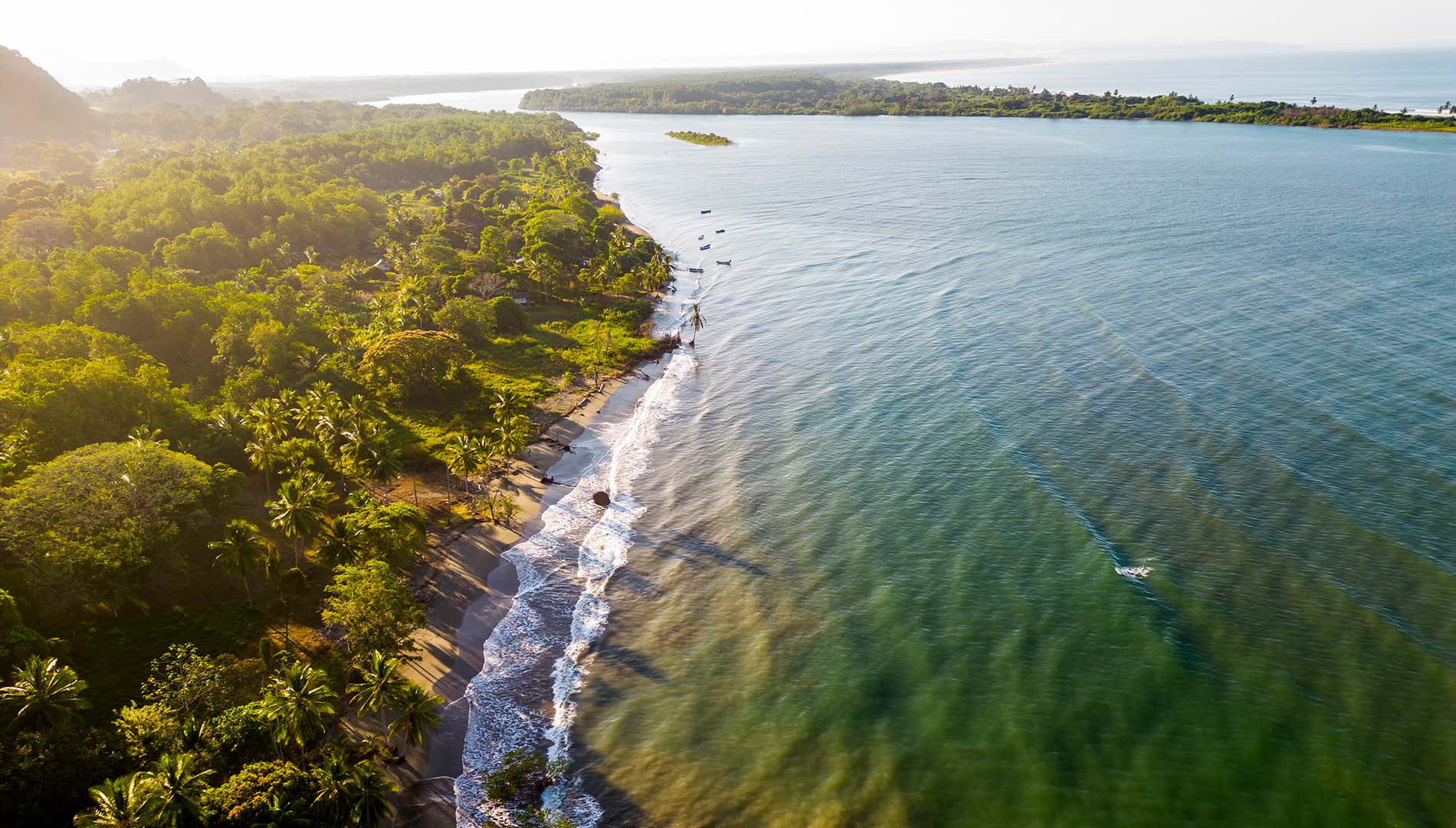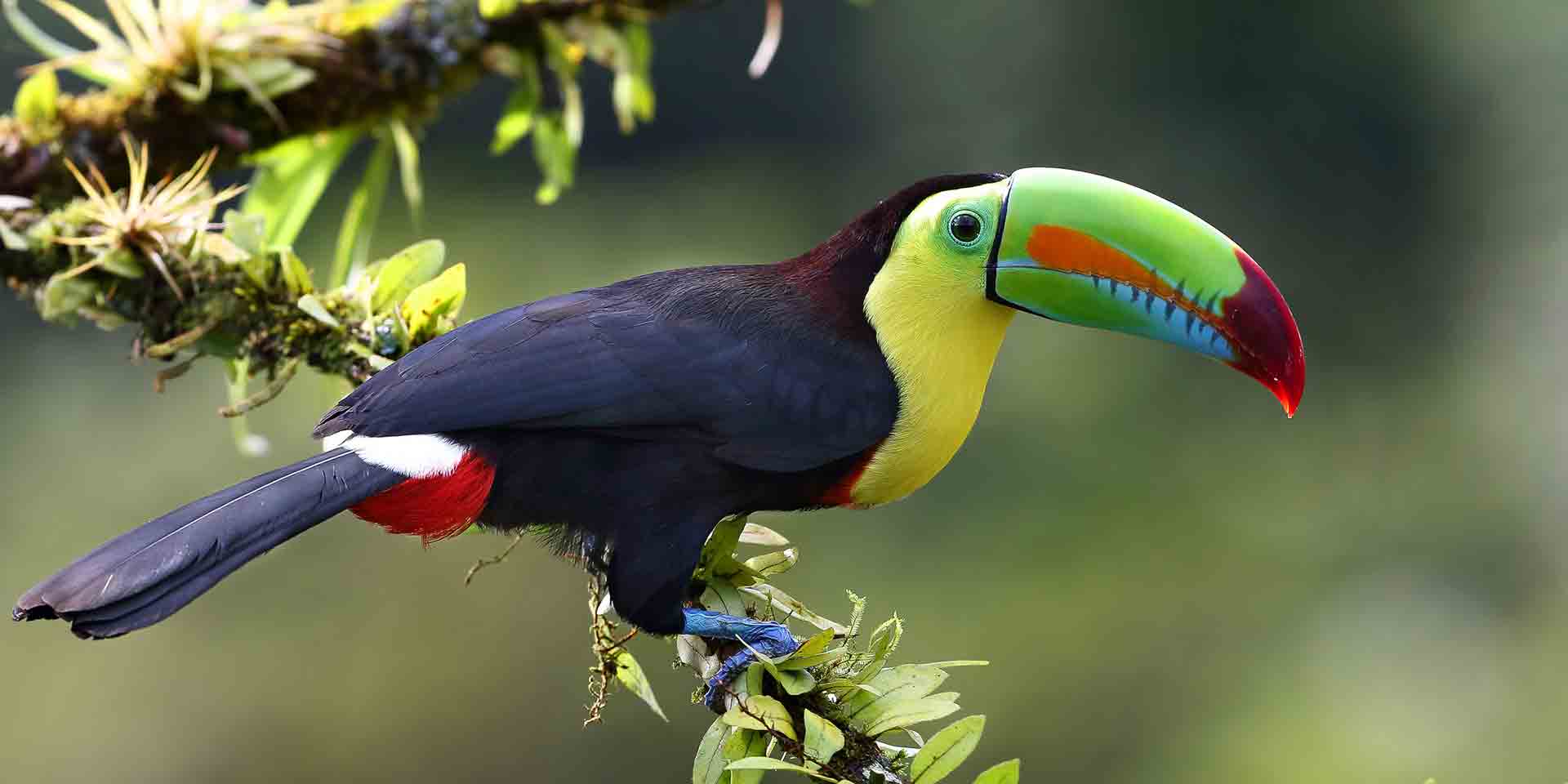
Costa Rica dedicates itself to preserving and protecting its natural environment and species. Discover where to get close to creatures. (Photo: Getty Images)
Costa RicaClose Encounters of the Animal Kind: Where to Get Near Animals in Costa Rica
By Kim VukovichCosta Rica is a small country, occupying only a third of one percent of the world’s landmass. What the country lacks in square miles, it makes up for in biodiversity.
Costa Rica‘s geographical location, between North and South America, its expansive coasts on both the Pacific and Atlantic oceans, and five mountain ranges, all contribute to creating 12 climate zones that are home to 5% of the world’s plant and animal species.
Costa Rica is serious about protecting its wildlife and has dedicated 25% of the country’s land area to national parks and reserves.
Costa Rica is serious about protecting its wildlife and has dedicated 25% of the country’s land area to national parks and reserves.
Whether you’re looking for a red-eyed tree frog, three-toed sloth, endangered green sea turtle, white-faced capuchin monkey or a resplendent quetzal, there’s an animal encounter waiting for you in Costa Rica.
Here are the best places in the country where you can get up close and personal with animals:
Corcovado National Park
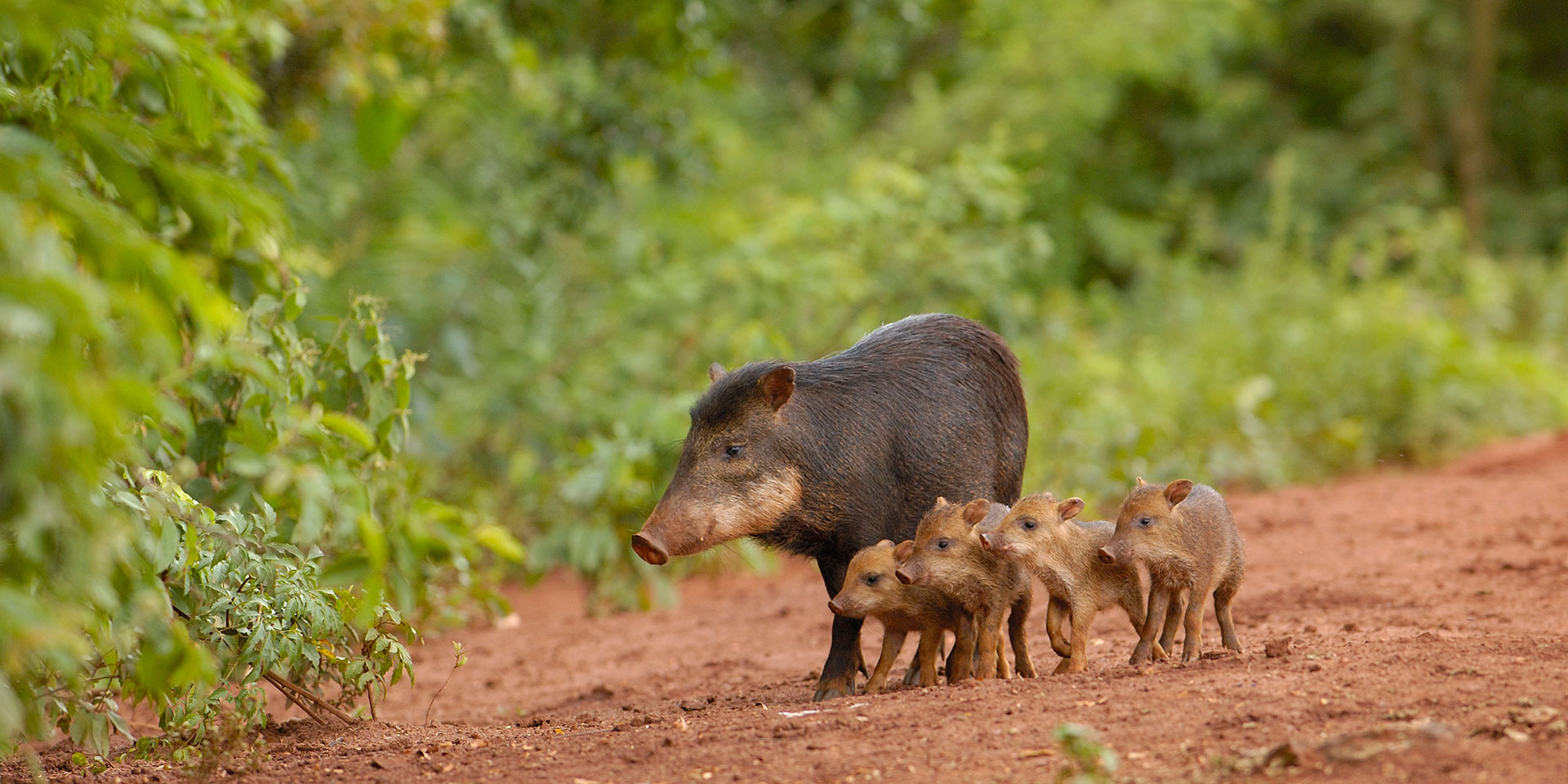
Corcovado National Park, on the Osa Peninsula, is the largest national park in Costa Rica and is considered the most biodiverse region of its size in the world. Corcovado is home to all six feline species in Costa Rica (including the jaguar), all four monkey species (including the endangered red-backed squirrel monkey) and countless frog, bird and insect species.
Also be on the lookout for Baird’s tapirs, harpy eagles, scarlet macaws and white-lipped peccaries.
Tortuguero National Park
Tortuguero National Park on the Caribbean coast, covers 77 acres and you can only reach it by airplane or boat. The park boasts 20 miles of coastline, which gives sea turtles a protected place to lay their eggs.
Green sea turtles, hawksbills and leatherbacks nest on the beaches year-round (depending on the species) and visitors can see the turtles lay their eggs after sunset. If you’re lucky, you’ll also witness a hatching event and cheer those baby turtles on as they scramble toward the ocean.
Los Quetzales National Park
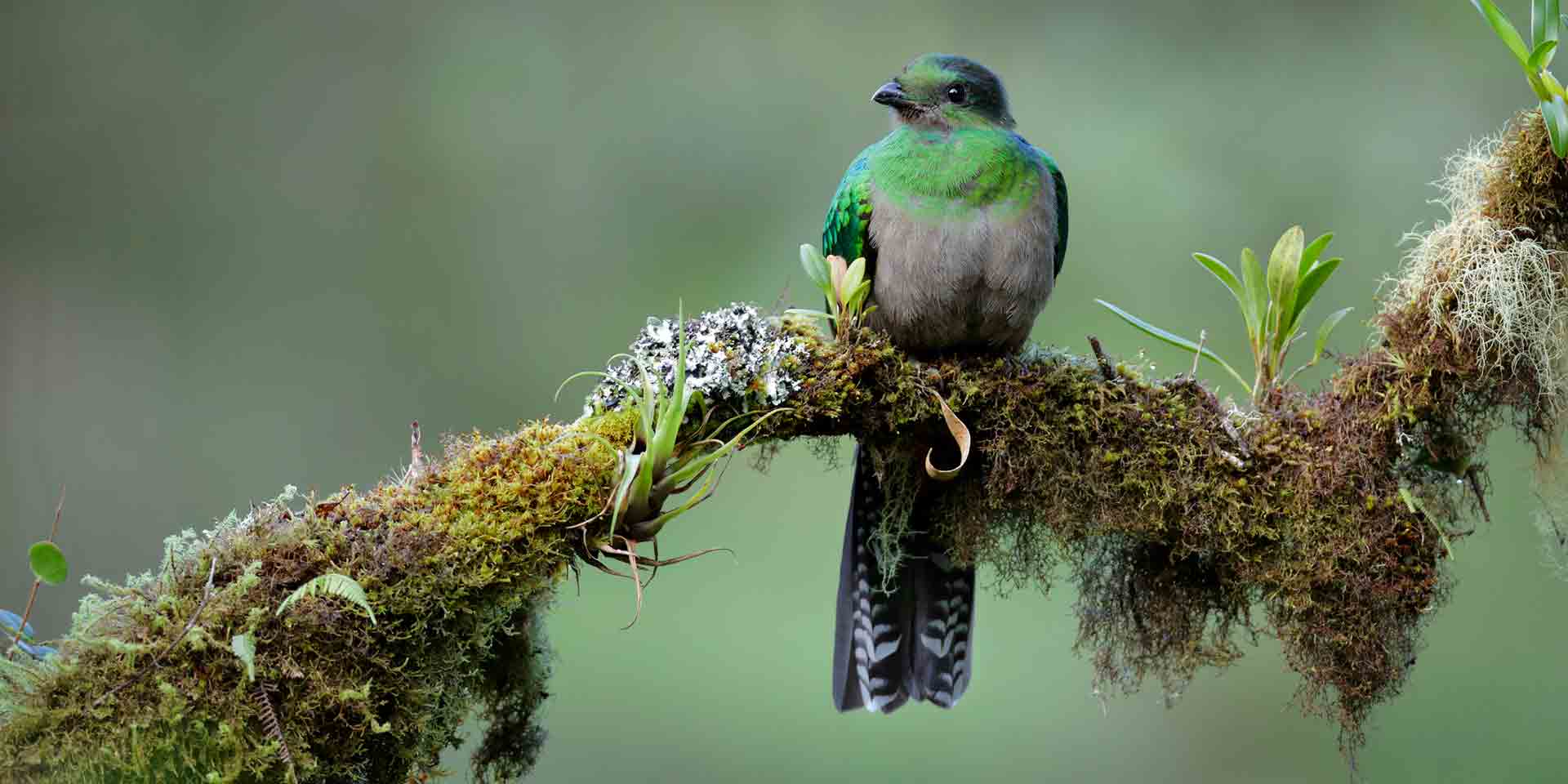
Your best chance to see the resplendent quetzal is in Los Quetzales National Park in the cloud forest of the Talamanca Mountains. The prime viewing window of these emerald-plumed birds is February through May when their breeding season coincides with the fruiting of wild avocado, one of the quetzal’s favorite foods.
Los Quetzales National Park is a good spot for bird-watching in general, so bring your bird list and get ready to check off trogons, tanagers and hummingbirds as well.
Manuel Antonio National Park
Manuel Antonio National Park is Costa Rica’s smallest (at just three square miles) park but also one of the most popular with tourists and locals. It is home to hundreds of different mammal and bird species, including sloths, monkeys, iguanas, white-nosed coati, toucans and motmots (check out those tail feathers!). And don’t forget about the frogs, snakes and bats.
Monteverde Cloud Forest Reserve
Another natural habitat of the historically revered, resplendent quetzal, which the Aztec and Mayan civilizations considered sacred, is the Monteverde Cloud Forest Reserve in the central highlands.
The reserve is home to hundreds of bird species, so if the quetzal is elusive on the day you visit, there will be plenty of other birding to do. Monteverde reserve is also well-known as the home of the now extinct (or is it?) golden toad.
Marino Ballena National Park
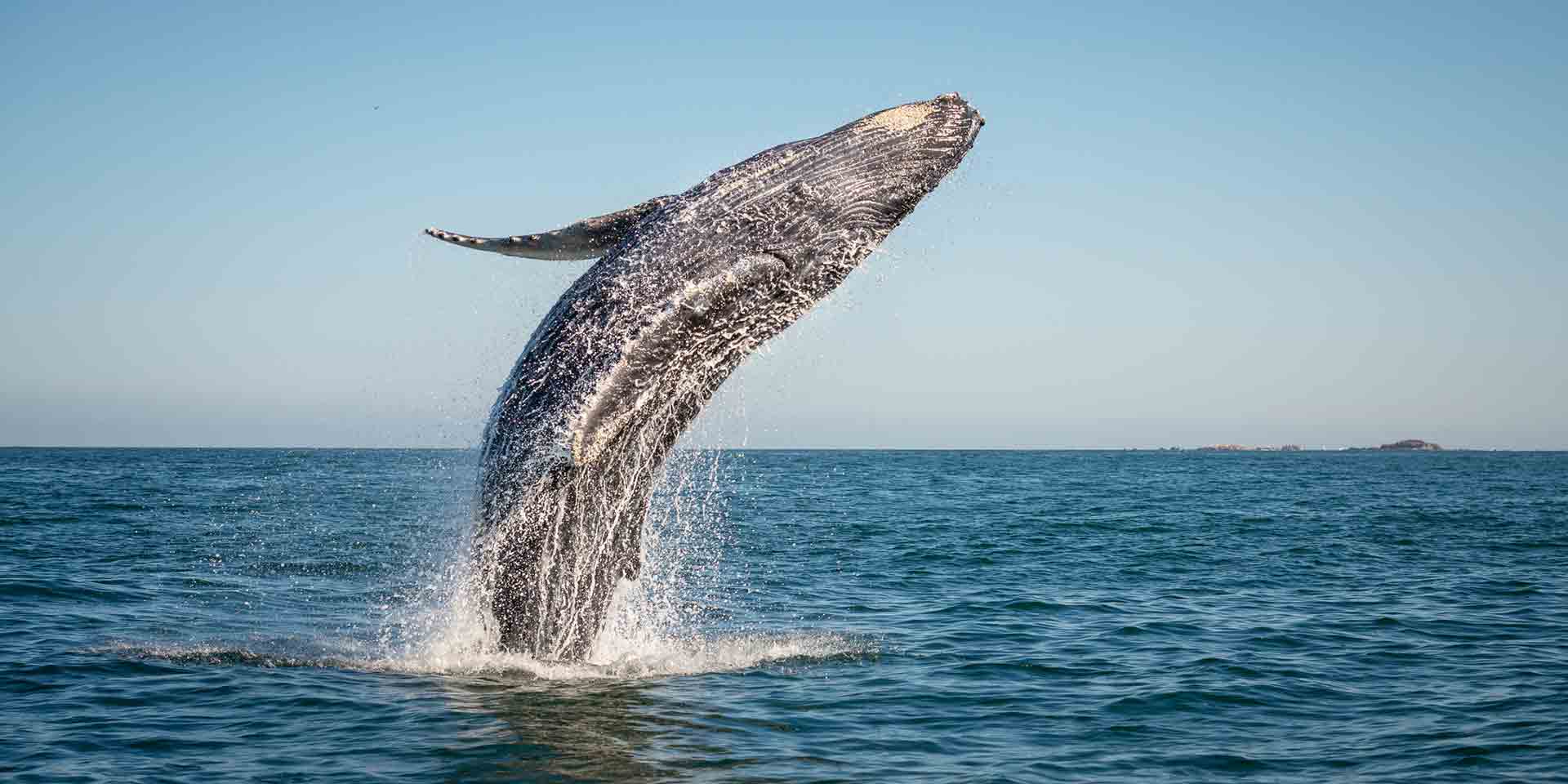
Costa Rica has more months with humpback whales in residence than anywhere else in the world. Humpback whales migrate annually to mate and calf at this marine park on Costa Rica’s southern Pacific coast.
Marino Ballena National Park is one of the most biologically diverse marine habitats in Costa Rica and, in addition to humpback whales, you might also see marine iguanas, dolphins, and olive ridley and hawksbill sea turtles.
Another cool feature of the park is that it helps to form the natural wonder, Uvita’s Whale Tail. This formation of coastline comes together into the shape of a whale tail, exactly where the whales (and their tails) migrate.





